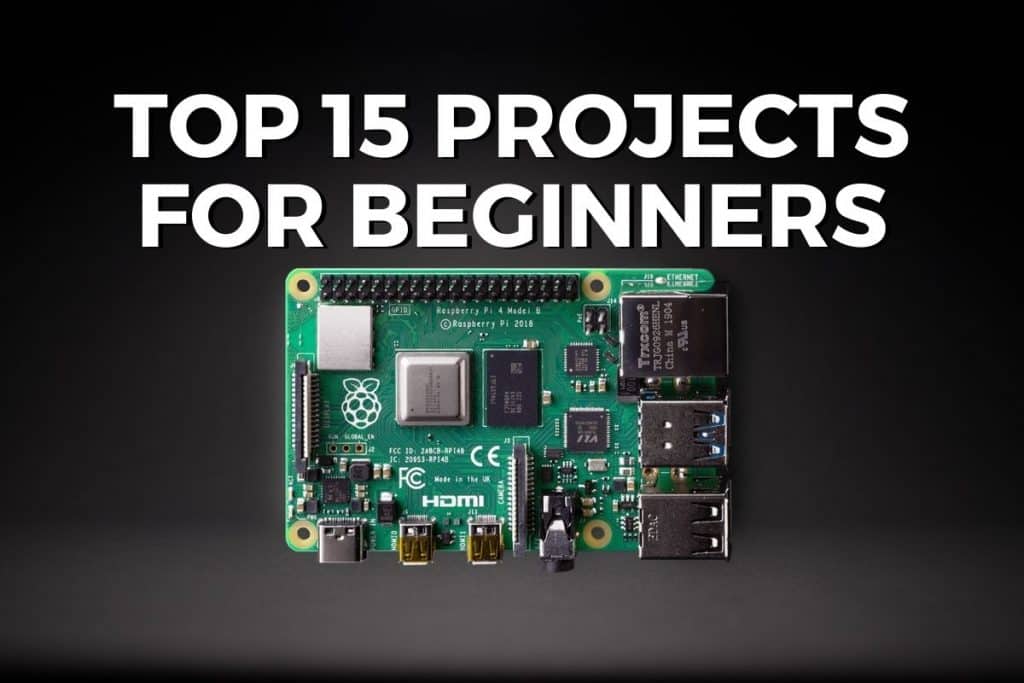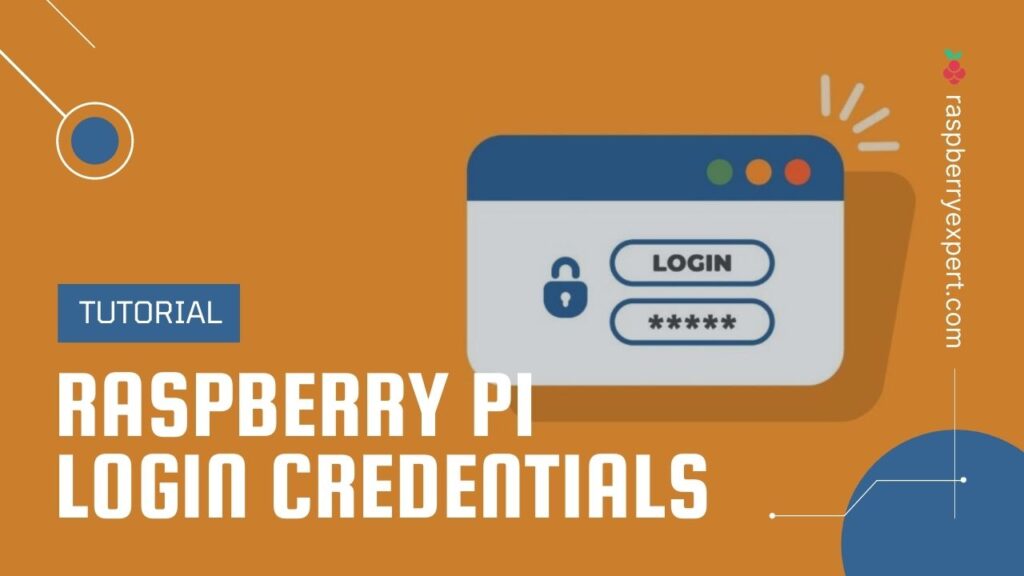RemoteIoT has become a buzzword in the tech world, especially when paired with Raspberry Pi. If you're someone who's intrigued by the idea of controlling devices remotely and diving deep into the Internet of Things (IoT), then you're in the right place. This article will take you on a journey to master RemoteIoT using Raspberry Pi, with free resources and expert tips to guide you along the way. Whether you're a beginner or an intermediate user, we’ve got you covered.
Imagine being able to monitor your home security system, adjust your thermostat, or even control your garden's watering system from miles away. Sounds cool, right? That's the power of RemoteIoT. With Raspberry Pi, the possibilities are endless. This little device, which is essentially a tiny computer, can be your gateway to the world of remote automation.
Now, before we dive into the nitty-gritty, let’s set the stage. This article isn't just about throwing random info at you. We’re here to provide actionable insights, practical tips, and reliable resources so you can get started without breaking the bank. So, buckle up and let’s explore the fascinating world of RemoteIoT with Raspberry Pi.
Understanding the Basics of RemoteIoT
Before we get into the fun stuff, let’s break down what RemoteIoT actually means. RemoteIoT refers to the ability to control and interact with IoT devices from a distance. In simpler terms, it’s all about making your gadgets smarter and more connected, even when you’re not physically near them.
Raspberry Pi plays a crucial role in this process. It’s like the brain of your IoT setup. With its versatility and affordability, Raspberry Pi has become a go-to choice for hobbyists and professionals alike. You can use it to create everything from home automation systems to weather monitoring stations.
Why Choose Raspberry Pi for RemoteIoT?
So, why is Raspberry Pi so popular in the world of RemoteIoT? Here are a few reasons:
- Cost-effective: Raspberry Pi is super affordable, making it accessible for everyone.
- Versatile: It supports a wide range of applications and can be customized to fit your specific needs.
- Community Support: There’s a massive community of Raspberry Pi enthusiasts who share their knowledge and resources online.
- Open-source: Raspberry Pi works seamlessly with open-source software, giving you endless possibilities for innovation.
These factors make Raspberry Pi an ideal platform for anyone looking to dive into RemoteIoT. Plus, it’s just plain fun to experiment with!
Getting Started with Raspberry Pi for RemoteIoT
Alright, let’s talk about how to get started. The first step is setting up your Raspberry Pi. Don’t worry if you’re new to this; we’ve got some beginner-friendly tips to help you along the way.
What You’ll Need
Here’s a quick list of the essentials:
- Raspberry Pi board (any model will do, but the latest ones have better performance).
- MicroSD card with at least 16GB of storage.
- Power supply compatible with your Raspberry Pi model.
- HDMI cable and monitor (optional if you’re using a headless setup).
- Keyboard and mouse (optional).
Once you have all these components, you’re ready to move on to the next step.
Setting Up Your Raspberry Pi
Setting up your Raspberry Pi is easier than you think. Follow these simple steps:
- Download the Raspberry Pi Imager from the official website.
- Insert your MicroSD card into your computer.
- Launch the Raspberry Pi Imager and select the latest version of Raspberry Pi OS.
- Write the image to your MicroSD card.
- Insert the MicroSD card into your Raspberry Pi and power it on.
And there you have it! Your Raspberry Pi is now ready to roll. If you’re using a headless setup, you can configure it remotely using SSH (we’ll cover that later).
Connecting Raspberry Pi to the Internet
For RemoteIoT to work, your Raspberry Pi needs to be connected to the internet. Here’s how you can do it:
Using Wi-Fi
If you’re setting up your Raspberry Pi with a graphical interface, simply go to the network settings and connect to your Wi-Fi. If you’re using a headless setup, you can preconfigure the Wi-Fi settings by creating a wpa_supplicant.conf file on the MicroSD card.
Using Ethernet
For a more stable connection, you can use an Ethernet cable to connect your Raspberry Pi directly to your router. This is especially useful for projects that require high-speed data transfer.
Free Resources for Mastering RemoteIoT
Now that your Raspberry Pi is up and running, it’s time to explore some free resources to help you master RemoteIoT.
Official Documentation
The Raspberry Pi Foundation offers comprehensive documentation on their website. It’s a great starting point for learning the basics and advanced techniques.
Online Tutorials
YouTube is filled with tutorials from experienced users who share their projects and tips. Channels like The Raspberry Pi Guy and RasPi.TV are excellent resources for beginners.
Forums and Communities
Joining forums like the Raspberry Pi Stack Exchange or Reddit’s r/Raspberry_Pi community can provide you with valuable insights and support from fellow enthusiasts.
Expert Tips for RemoteIoT Success
Here are some expert tips to help you succeed in your RemoteIoT journey:
1. Start Small
Begin with simple projects like controlling an LED or setting up a basic weather station. As you gain confidence, you can move on to more complex projects.
2. Use SSH for Remote Access
SSH (Secure Shell) allows you to control your Raspberry Pi remotely. It’s a must-have tool for any RemoteIoT project.
3. Secure Your Setup
Security is crucial when dealing with remote access. Make sure to change the default passwords and enable a firewall to protect your device from unauthorized access.
4. Experiment with APIs
APIs (Application Programming Interfaces) can enhance the functionality of your RemoteIoT projects. Explore APIs offered by platforms like Google Cloud or AWS to integrate advanced features.
Real-World Applications of RemoteIoT with Raspberry Pi
Let’s take a look at some real-world applications of RemoteIoT using Raspberry Pi:
Home Automation
Control your lights, appliances, and security systems from anywhere in the world. Raspberry Pi can be the central hub for all your smart home devices.
Environmental Monitoring
Set up sensors to monitor temperature, humidity, and air quality in your home or workplace. Use the data to make informed decisions about your environment.
Remote Surveillance
Turn your Raspberry Pi into a surveillance system by attaching a camera module. You can stream live footage to your smartphone or computer.
Troubleshooting Common Issues
Even the best-laid plans can hit a snag. Here are some common issues and how to fix them:
1. No Internet Connection
Check your Wi-Fi settings or Ethernet connection. Make sure your router is functioning properly.
2. SSH Not Working
Ensure that SSH is enabled in the Raspberry Pi settings. Also, double-check your IP address and firewall settings.
3. Slow Performance
Optimize your code and reduce unnecessary processes running in the background. Consider upgrading your MicroSD card for better performance.
Conclusion
Mastering RemoteIoT with Raspberry Pi is an exciting journey filled with endless possibilities. From setting up your device to exploring free resources and expert tips, this article has provided you with everything you need to get started.
Now it’s your turn to take action. Start experimenting with your Raspberry Pi and see where your creativity takes you. Don’t forget to share your projects and experiences with the community. And if you found this article helpful, feel free to leave a comment or share it with your friends.
Remember, the world of RemoteIoT is evolving rapidly. Stay updated with the latest trends and technologies to keep your skills sharp. Happy tinkering!
Table of Contents
- Understanding the Basics of RemoteIoT
- Why Choose Raspberry Pi for RemoteIoT?
- Getting Started with Raspberry Pi for RemoteIoT
- Setting Up Your Raspberry Pi
- Connecting Raspberry Pi to the Internet
- Free Resources for Mastering RemoteIoT
- Expert Tips for RemoteIoT Success
- Real-World Applications of RemoteIoT with Raspberry Pi
- Troubleshooting Common Issues
- Conclusion


